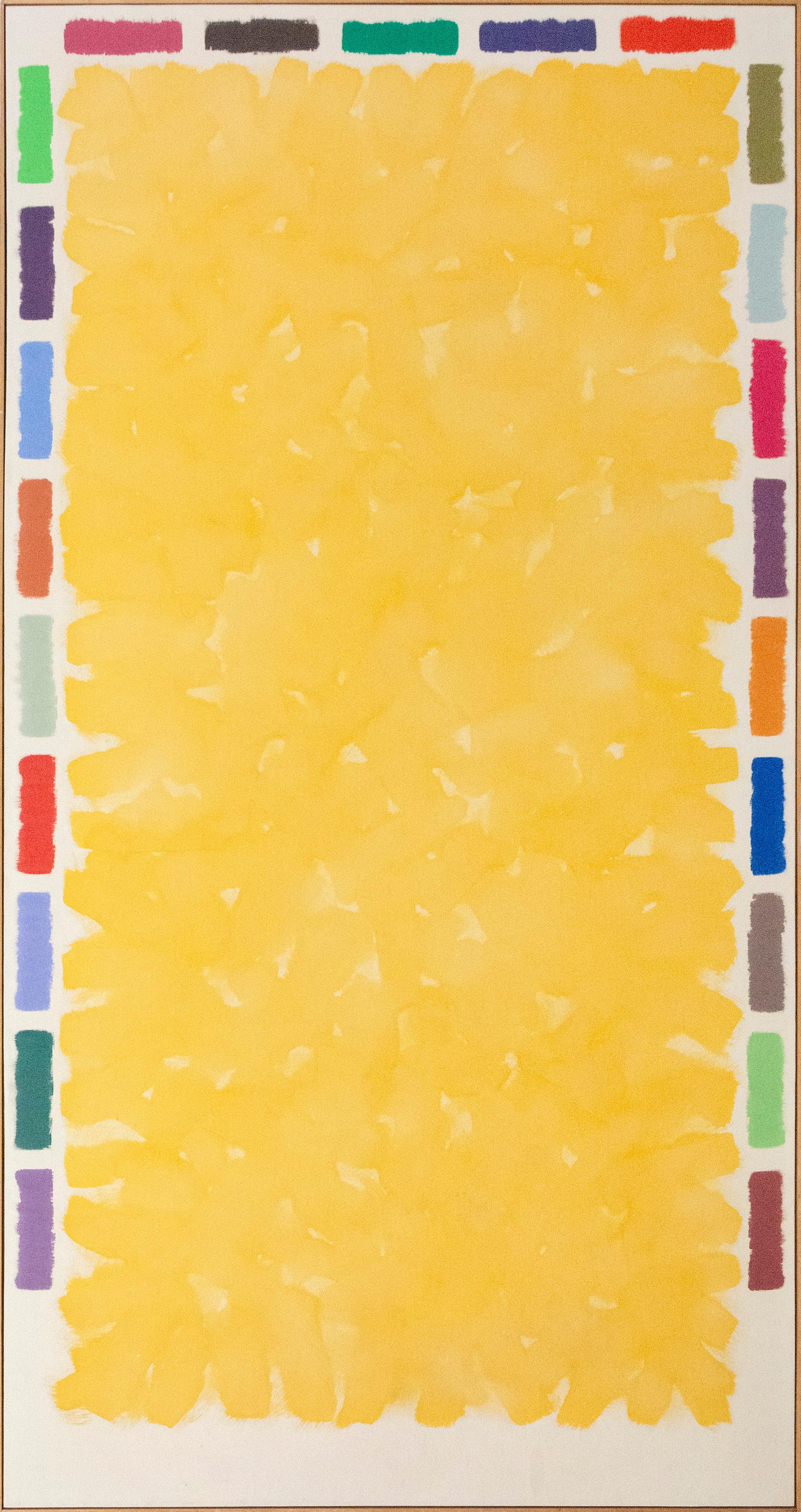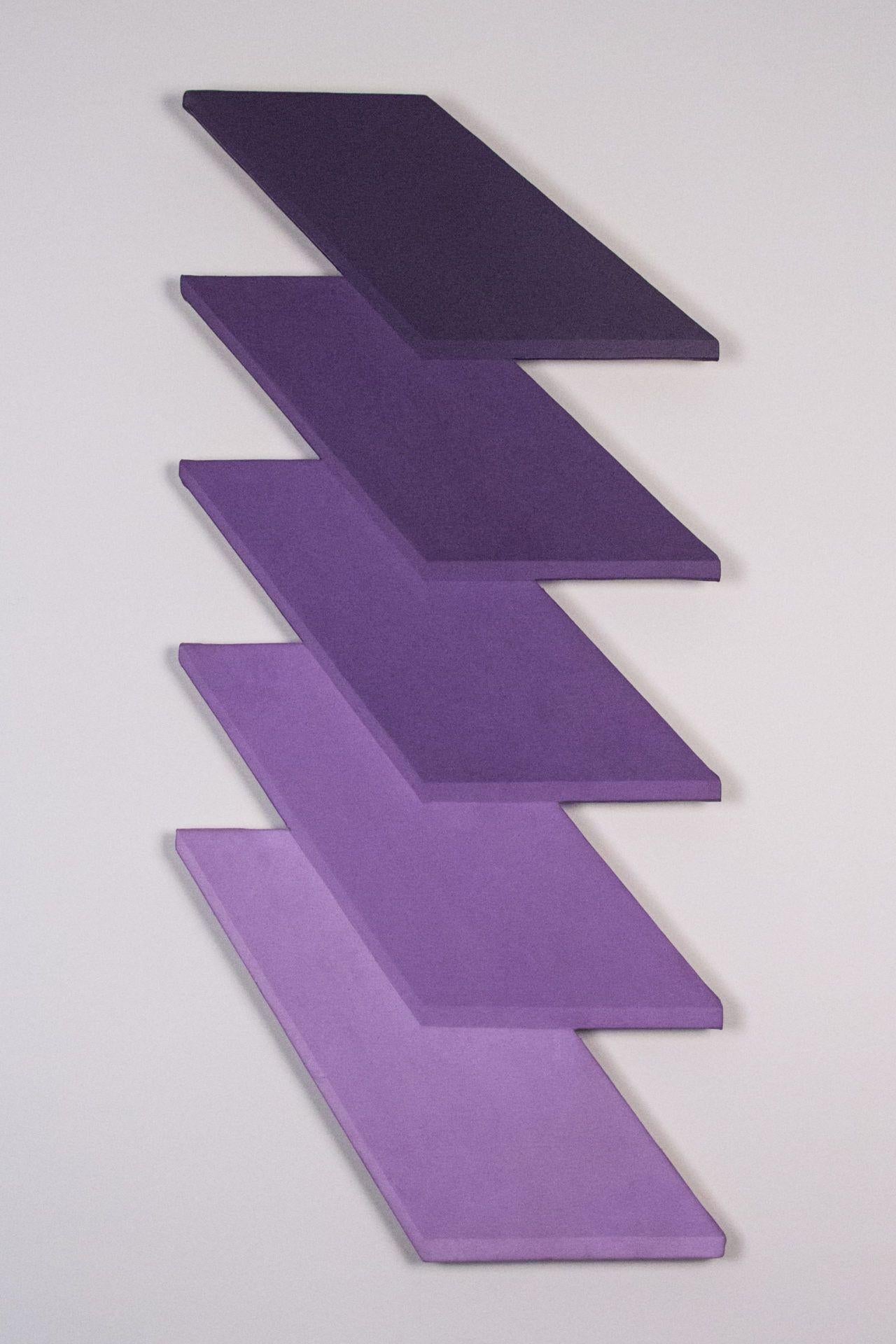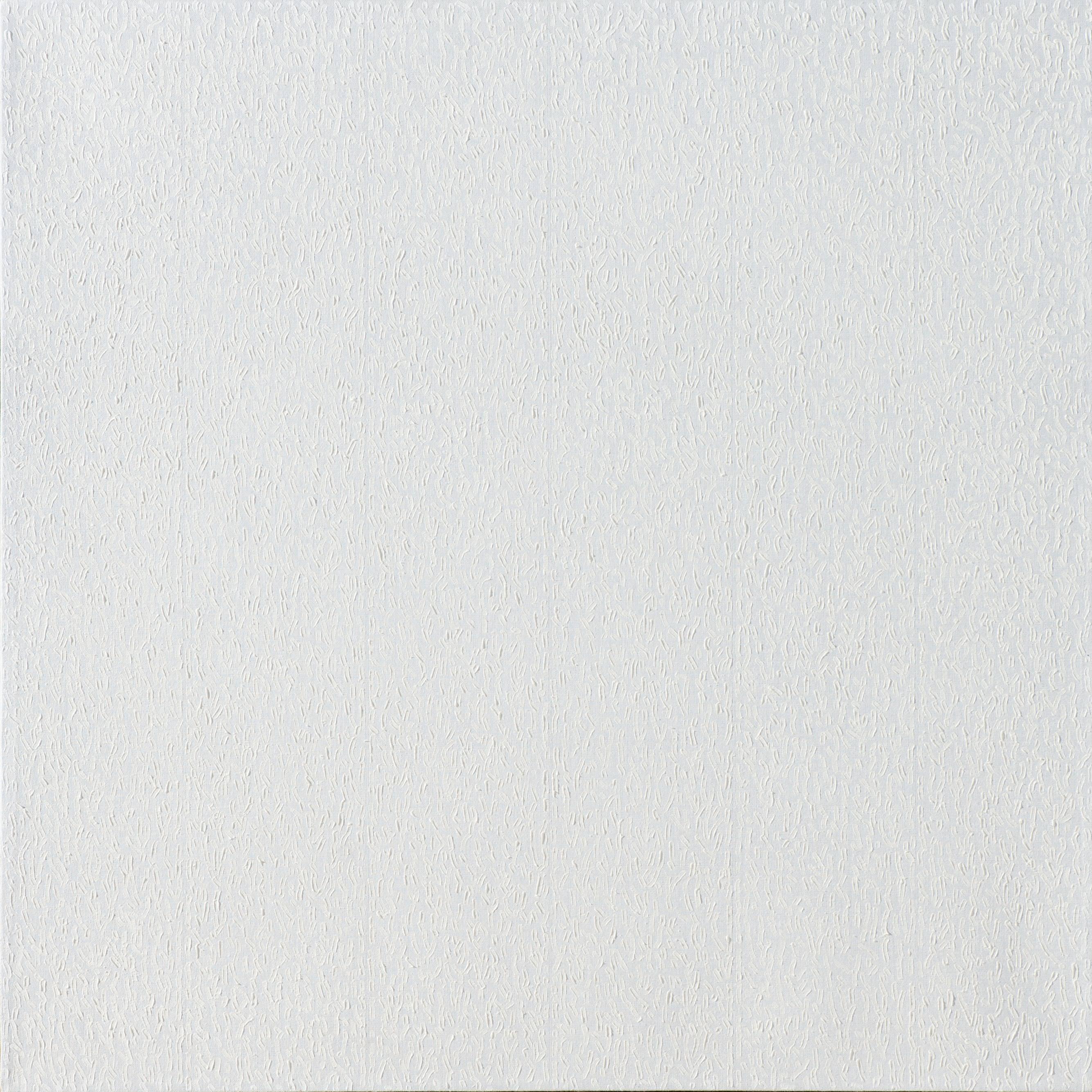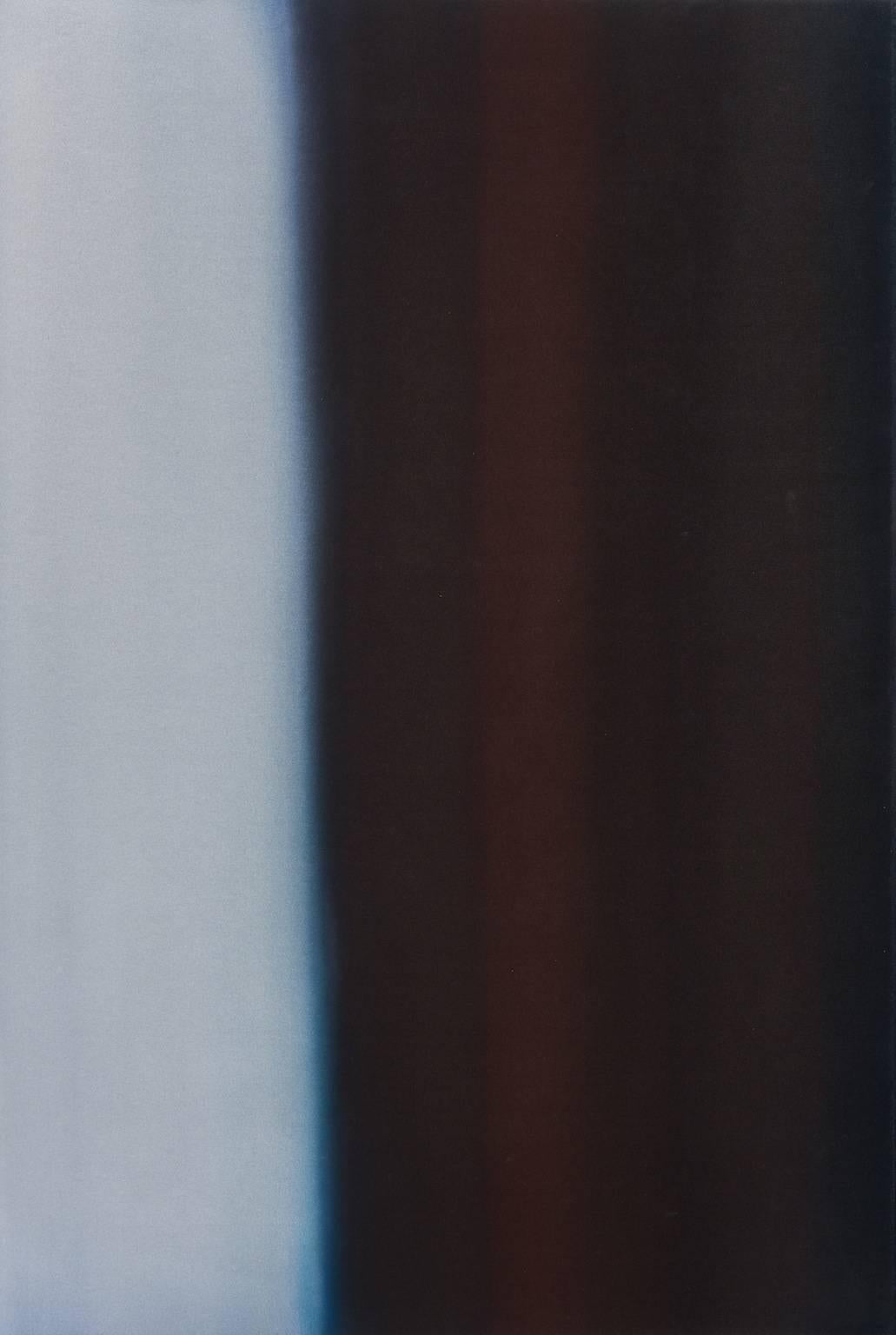Items Similar to Malinke
Want more images or videos?
Request additional images or videos from the seller
1 of 5
Dan ChristensenMalinke1979
1979
About the Item
Among America’s leading abstract artists, Dan Christensen (1942-2007) was devoted over the course of forty years to exploring the limits, range, and possibilities of paint and pictorial form. Although his art belongs within the category defined by the influential art critic Clement Greenberg as Color Field or Post-Painterly Abstraction, he both carried on the legacy of this approach while stepping outside of it, through drawing from a wide variety of Modernist sources, using many idiosyncratic techniques, and employing methods more commonly associated with the action painting techniques of Abstract Expressionism. The result is a distinctive body of artwork that is original, surprising, and filled with joy, exuberance, and pleasure in the act of painting.
The critic Clement Greenberg anointed him in 1990 as “one of the painters on whom the course of American art depends.” Greenberg viewed Christensen as an exemplar of “post-painterly abstraction”—a term he coined for the movement that followed Abstract Expressionism in modernist progress towards what Greenberg regarded as a “pure art” that would eschew subject matter, spatial illusion and an artist’s persona in favor of revealing the “truthfulness” of the canvas. His paintings employed a variety of tools, including spray guns, trowels and squeegies. The constant in his art was the importance of color and his work shows a continual exploration of the possibilities of color.
Born in Cozad, Nebraska, in 1942, the son of a farmer and truck driver, Dan Christensen chose to become an artist when, as a teenager, he saw the work of Jackson Pollock on a trip to Denver. After receiving his B.F.A. from the Kansas City Art Institute, Missouri, in 1964, he moved to New York City. His “spray loop” paintings, produced by using a spray paint gun, were a fascinating embodiment of the reductive abstract tendencies in 1960s American art, and of the interest of the time in innovative applications of new techniques. With their powerful ribbon-like configurations, and shimmering allover surface effects, these works won the attention of Greenberg, who became an enthusiastic supporter of Christensen’s art.
Dan Christensen had his first solo exhibition in New York in 1967. Two years later he was given his first one-person show at the Andre Emmerich Gallery, joining this important showcase for color-field painting, where works by artists such as Kenneth Noland, Jules Olitski, and Helen Frankenthaler were also shown. Christensen soon started to be invited to participate in major museum shows, including the Whitney Annuals in New York and the Corcoran Gallery’s Biennials, in Washington, D.C. From the 1970s until his death in 2007, Dan Christensen was unrelenting in his exploration of new techniques as well as in his return in new ways to treat forms that had held his attention in the past.
Christensen’s paintings can be found in the collections of the Guggenheim, the Whitney Museum of American Art, the Metropolitan Museum of Art and the Museum of Modern Art in New York; the Albright-Knox Gallery; the Hirshhorn Museum of the Smithsonian Institution; the Butler Institute of American Art; the Chicago Art Institute; the Houston Museum of Fine Arts; the Seattle Art Museum; and the Fine Arts Museum of San Francisco, among many others.
- Creator:Dan Christensen (1942 - 2007, American)
- Creation Year:1979
- Dimensions:Height: 38 in (96.52 cm)Width: 41 in (104.14 cm)
- Medium:
- Movement & Style:
- Period:
- Condition:
- Gallery Location:Lawrence, NY
- Reference Number:1stDibs: LU1497214077262
Dan Christensen
Dan Christensen, (October 6, 1942 – January 20, 2007) was an American abstract painter He is best known for paintings that relate to Lyrical Abstraction, Color field painting and Abstract expressionism.Christensen was born in Cozad, Nebraska, and died in Easthampton, New York. His early work from 1965-1966 was related to Minimalism. A graduate of the Kansas City Art Institute, class of 1964, Dan Christensen moved to New York City from the Mid-West during the late summer of 1965. Christensen was represented by several influential galleries including the Andre Emmerich Gallery, the Salander/O'Reilly Gallery and various others throughout the United States and Europe. He has had more than seventy-five solo exhibitions and his work has been included in hundreds of group exhibitions. His paintings are in important museum collections throughout the United States and Europe.
About the Seller
5.0
Vetted Seller
These experienced sellers undergo a comprehensive evaluation by our team of in-house experts.
Established in 2011
1stDibs seller since 2021
22 sales on 1stDibs
- ShippingRetrieving quote...Ships From: Lawrence, NY
- Return PolicyA return for this item may be initiated within 3 days of delivery.
More From This SellerView All
- UntitledBy Raymond ParkerLocated in Lawrence, NYProvenance: Fischbach Gallery, New York Collection of A. Aladar Marberger Ray Parker, a New York School Abstract Expressionist, was a colorist influenced by Cubism in his early wor...Category
1970s Color-Field Abstract Paintings
MaterialsAcrylic, Canvas
- UntitledBy Robert NatkinLocated in Lawrence, NYWe are pleased to offer this work by second generation AbEx painter Robert Natkin and painted in delicious colors of yellow, tangerine, blue, red and purple. It fits well within a variety of decor settings. Described as the "author of a dappled infinite," Natkin created some of the most innovative color abstractions of the late 20th century. Populated by stripes, dots, grids, and an array of free-floating forms, his light- filled canvases are sensuous, playful, and visually complex. While attending the school of the Art Institute of Chicago from 1948 to 1952, Natkin was afforded the opportunity to study the museum's world-class collection of French post-impressionist art and decided to turn his attention to painting instead. During these formative years, Natkin was inspired by the examples of Pierre Bonnard and Henri Matisse, who used decorative patterning and arbitrary color to evoke mood. Most importantly, he also discovered the work of Paul Klee, the Swiss-German artist whose whimsical, semi-abstract paintings reflected his belief that "art does not reproduce the visible but makes visible"--a credo that nurtured Natkin's burgeoning interest in emotional content. In 1952, he lived briefly in New York, where he saw and was influenced by the bold canvases of Willem de Kooning. In 1959, aware of the limited patronage for abstract art in Chicago, Natkin and Dolnick moved to New York, where Natkin joined the stable of artists associated with the Poindexter Gallery, known for its support of emerging painters and sculptors. Immersed in the dynamism of the New York art world, where Abstract Expressionism and Color-Field painting were the dominant styles of the day, Natkin's aesthetic approach continued to evolve. In 1961, he adopted a serial approach to painting, a practice he would adhere to throughout his career. Natkin began to develop a more intricate style (indebted to Klee), depicting diamonds, polygons, ovals, squiggles and other shapes against textured, delicately toned backgrounds interspersed with seemingly randomly placed dots and daubs of pigment and areas of crosshatching. This new style is evident in the "Intimate Lighting" series works. In 1970 Natkin put aside his brushes and began to use sponges...Category
1970s Color-Field Abstract Paintings
MaterialsAcrylic
- Untitled, from the Earth and Sky SeriesBy David EinsteinLocated in Lawrence, NYDavid Einstein's gestural abstraction has a semiotic quality to it. It is a study of how meaning is created, not what is. Indeed, the artist calls himself "a mark maker," as much as ...Category
1970s Color-Field Landscape Paintings
MaterialsAcrylic
- Zen Garden Series 25BBy Cleve GrayLocated in Lawrence, NYCleve Gray (1918-2004) was admired for his large-scale, vividly colorful and lyrically gestural abstract compositions and achieved his greatest critical recognition in the late 1960's and 70's after working for many years in a comparatively conservative late-Cubist style. Inspired in the 1960's by artists like Jackson Pollock, Clyfford Still, Mark Rothko and Helen Frankenthaler, Gray began to produce large paintings using...Category
1980s Color-Field Abstract Paintings
MaterialsAcrylic
- La Ligne TremblanteBy Jack RothLocated in Lawrence, NYIf ever the art world could be said to have a Renaissance Man (excluding Da Vinci!) it would be Jack Roth, abstract expressionist painter, poet, photographer and mathematician. He received degrees in chemistry and fine art, did graduate work in mathematics, and would teach mathematics and art throughout his career. Roth is a second-generation Abstract Expressionist painter, known for his Colorfield work. Though he was fully two decades younger than some of the elder statesmen...Category
1980s Color-Field Abstract Paintings
MaterialsAcrylic
- Abstract CompositionBy Raymond ParkerLocated in Lawrence, NYProvenance: Southampton, NY collector; Peter Marcelle Gallery, Southampton Raymond Parker (1922-1990) was an Abstract expressionist painter who also is associated with Color Field ...Category
1980s Color-Field Abstract Paintings
MaterialsAcrylic
You May Also Like
- “Untitled.” Gabriele Evertz, Geometric Color Field, Bright RainbowLocated in New York, NYGabriele Evertz Untitled, 1993 Acrylic on canvas 48 x 48 inches Provenance: The artist Private Collection, Long island (acquired from the above) G...Category
1990s Color-Field Abstract Paintings
MaterialsCanvas, Acrylic
- Summer Window - large, bright, colourful, yellow, abstract, acrylic on canvasBy Milly RistvedtLocated in Bloomfield, ONWashes of sun yellow are edged in dashes of bright colors - mauve, cerise, lime and rust -- in this monumental color-field canvas by Milly Ristvedt. "Summer Window" from 1973 was cr...Category
1970s Color-Field Abstract Paintings
MaterialsCanvas, Acrylic
- Untitled, 1975By Claudia SisemoreLocated in Salt Lake City, UT"Untitled, 1975" by Claudia Sisemore, acylic on canvas, 41.5 x 50 inches, $4,800. "I have a vague idea of what I am going to paint. I read that many artists are inspired by an idea before they begin their work and plan their approach and process based on that idea or muse. Others become inspired after they have begun working and watching colors, shapes and designs form. I basically belong the second group. Usually, after painting begins in a loose, free manner, I become excited by certain colors and patterns and continue from there." -Claudia Sisemore -- Caudia Sisemore says she was teaching English when artist David Chaplin (an equally popular and influential teacher) was at Weber and initially got her into landscape painting. “Then he took me to a show at the Art Barn and Lee [Deffebach] was showing there [with Don Olsen...Category
1970s Color-Field Abstract Paintings
MaterialsCanvas, Acrylic
- "Nineteen" Thomas Downing, Purple Washington Color School Design, Shaped CanvasBy Thomas DowningLocated in New York, NYThomas Victor Downing (1928 - 1985) Nineteen, 1968 Acrylic on canvas 35 1/2 x 16 1/2 inches Signed on the reverse Provenance: Estate of the artist Henri Gallery, Washington, D.C. Private Collection, Washington, D.C. Thomas Downing was born in Suffolk, Virginia. In 1950, after graduating from Pratt Institute in New York City, he received a grant from the Virginia Museum of Fine Art to study in Europe. Upon returning from Europe, he settled in Washington, DC to teach at Catholic University. In 1954 Downing became a friend of Kenneth Noland, whose life drawing course he attended. From 1955 to 1956 Downing shared a studio with Howard Mehring, another artist who came to be identified with the Washington Color School. Downing had his first one-man show at the Washington Workshop Center for the Arts in 1959. That year, Downing, Mehring, and Betty Pajac founded Origio, a cooperative art gallery in Washington. In 1959 Downing first began using the small dot in his work, a motif he explored fully into the 1970s. In the early works colorful dots determined the structure of the painting in their size, position, and repetition within a grid. Often there was a sense of concentration and expansion of the composition from the center to the edge of the canvas, achieving a visual impression of expanding open space. Looking for the fusion between the grid and color, Downing eliminated overlapping dots in 1962. The dots arranged in grids seem to project from the canvas surface, giving the impression the color floats unrestricted by the square format of his paintings. Downing’s position in the Washington Color School came from his consistent approach to color. The canvas was the receptacle of color, on which Downing often worked in tonal modulations of a hue. Downing developed shaped canvases in 1966 as a structural solution to his deeper consideration of the “spatial definition” of color. After first working in a parallelogram shape, Downing next worked in chevron-shaped canvases that examined the illusionistic qualities of color. He exhibited these works in a solo exhibition at the Corcoran Gallery in 1966-1967 and later at the Allan Stone Gallery in New York in 1967. Downing’s second series of shaped canvases titled Folds were created in 1968. In the Fold series he discovered a new effect of relief and spatial depth within a flat work that could be enhanced by color. The projections and folding in the Fold paintings suggest the paintings exist in a world without gravity. Downing exhibited in a group show at Jefferson Place Gallery in 1960 and had his first solo exhibition there in the spring of 1961. Downing had solo exhibitions in New York at Allan Stone Gallery in 1962, 1967, and 1968. He also had solo exhibition in New York at Stable Gallery in September 1963 and January 1965. In the early 1970s Downing had regular solo exhibitions at the Pyramid Galleries in DC. In the 1960s Downing was included in important museum exhibitions, including: Post Painterly Abstraction at Los Angeles County Museum of Art, 1964 (Clement Greenberg curated and included three of Downing’s dial paintings); The Responsive Eye at the Museum of Modern Art, 1965; Colorists, 1950-1965 at the San Francisco Museum of Art, 1965; Systemic Painting at the Solomon R. Guggenheim Museum, New York, 1966; and Color Field Painting at the Philadelphia Museum of Art in 1970. Thomas Downing: Recent Paintings was held at the Corcoran Gallery of Art in December 1966 - January 1967. A solo exhibition of his paintings from 1962 to 1968 was held at the La Jolla Museum of Art then travelled to the Phoenix Art Museum in 1968. Downing had a solo exhibition at the Phillips Collection in 1985. Downing taught at the Corcoran School of Art and Design, Washington, DC from 1965 to 1968. There he was influential for the next generation of DC color...Category
1960s Color-Field Abstract Paintings
MaterialsCanvas, Acrylic
- 6.15.96By Mala BreuerLocated in Phoenix, AZacrylic on gessoed linen Mala Breuer grew up attending classes in painting and drawing from a young age at the California College of Arts and Crafts. After high school she attende...Category
1990s Color-Field Abstract Paintings
MaterialsGesso, Canvas, Linen, Acrylic
- 9.77By Mala BreuerLocated in Phoenix, AZMala Breuer grew up attending classes in painting and drawing from a young age at the California College of Arts and Crafts. After high school she attended the, now, San Francisco A...Category
1970s Color-Field Abstract Paintings
MaterialsCanvas, Acrylic






